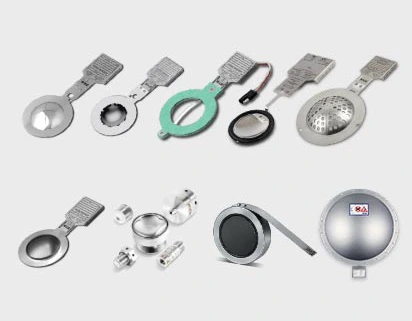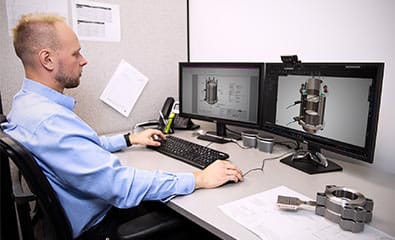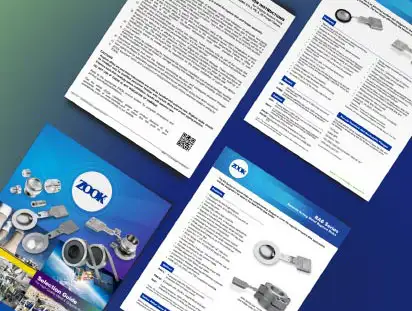K VALUES REPRESENT THE RESISTANCE TO FLOW OF INDIVIDUAL PIPE SYSTEM COMPONENTS – THIS CAN BE ANY PIPELINE PART.
The significance of K values is that by summing the K value all system components the overall flow resistance of a system can be determined. From this the flow capacity of the piping system can then be calculated.
For rupture disk devices, the flow resistance value is represented as Kr and is established by actual flow measurement at an ASME or other certified laboratory.
Kr may be shown as Krg (for gas flow), Krl (for liquid flow) or Krgl where the disk Kr value is the same for either fluid state.

It’s important to note that Kr is only one element of the sum which produces the full system flow resistance and actually in most cases the disk Kr makes a minor contribution to the overall system flow resistance. Flow resistance is attributed not only to the rupture disk device but any and all pipework components, such as nozzle entrances/exits, tees, elbows, etc.
Hence the significance of the Kr for disks is often over estimated. Halving the disk Kr value will not double the flow rate capacity of the disk and is only likely to make a small contribution to increasing the flow capacity of the overall system. For example, reducing disk Kr from 3 to 1.5 will make very little difference to the flow capacity of a typical piping system which might have an overall K value of 10 or more.
If you’re going to go through the effort of evaluating and comparing different rupture disk device manufacturers, you should be comparing the total system K and not just the Kr. While a low disk Kr is desirable, it is not good practice to build a system which is over reliant on a particular value Kr. Should process or supplier require a change of disk, all flexibility is eliminated and a costly redesign may be required.
For a full listing of ZOOK Rupture Disks and the certified Kr values click here.







